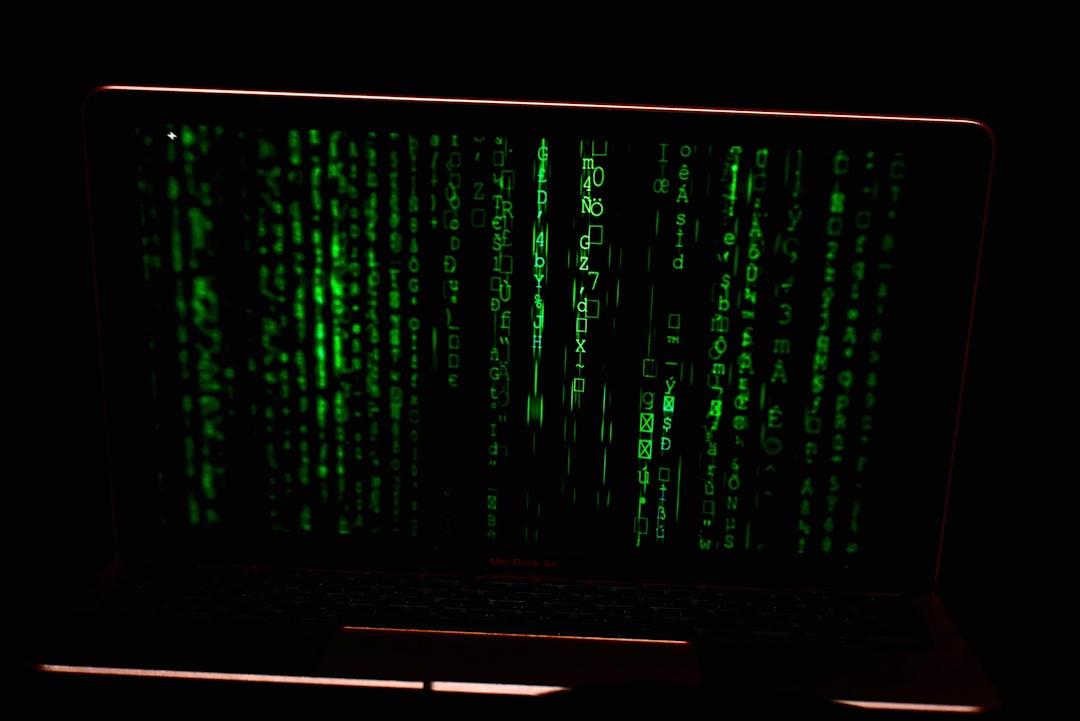In the world of literature and publishing, visuals carry as much weight as content—especially when it comes to first impressions. A distinctive logo can capture a reader’s imagination, define a brand’s identity, and convey creativity and trustworthiness. For bookstores and independent publishers, a well-crafted logo stands as a visual emblem of their values, voice, and the stories they aim to promote.
TLDR: A memorable logo can powerfully reflect a bookstore or independent publisher’s personality and mission. From vintage typography to abstract imagery, there are countless creative options to consider. This article outlines 12 inspiring logo ideas tailored for these literary businesses. Whether you’re designing from scratch or refreshing your brand, these concepts aim to spark your creative direction.
1. Classic Monogram Logos
Monograms are timeless and elegant, making them a popular choice for both bookstores and publishers. By using the initials of the business name in stylized fonts, these logos evoke sophistication and tradition. This style works particularly well for independent publishers aiming to associate their brand with literary heritage.
2. Open Book Icon
Using an open book in your logo is a direct way to communicate your business’s focus. This icon can be designed in a minimalist outline style or with rich detail for a vintage feel. You can also play with the book’s curvature to subtly form abstract shapes like hearts, birds, or even mountains, hinting at the journey within each story.

3. Typewriter or Quill Symbol
For indie publishers in particular, a typewriter or quill pen offers a nod to the origins of writing and creativity. These symbols add an old-world charm and can be paired with classic serif fonts for a complete nostalgic aesthetic. Use earthy or sepia tones to reinforce the handcrafted feel of your brand.
4. Bookshelf Silhouette
A stylized bookshelf filled with oddly shaped books and unique spines can reflect the diversity of stories or publications offered. This type of logo is especially useful for bookstores with eclectic collections or an emphasis on independent authors. You can even tuck in tiny, intentional details—a plant, cup of coffee, or a reading lamp—for personality.
5. An Animal Mascot
Animals like owls, foxes, or cats are popular in literary branding due to their symbolic associations with wisdom, curiosity, and mystery. A well-designed animal mascot can be both friendly and recognizable, appealing to readers of all ages. Bonus points if your mascot is reading a book or wearing glasses!
6. Minimal Typography Mark
For a clean, modern approach, a minimal logo using only typography can be highly effective. Using unique letter spacing, ligatures, or font pairings, the brand name itself becomes the visual identity. This works particularly well with sans-serif fonts and monochrome palettes, giving your brand a sharp, contemporary presence.
7. Lamp or Light Imagery
Light is a powerful metaphor for knowledge and discovery. Incorporating a lantern, streetlamp, or even a spark into your logo symbolizes the ability of books to illuminate minds. It’s a poetic touch that can resonate with readers and authors alike.

8. Stamp-Style Logos
Inspired by vintage library seals or passport stamps, this approach gives your logo an official, established look. Ideal for publishers who want to reinforce credibility, stamp-style logos can include circular shapes, typography-heavy visuals, and border elements that resemble an emblem or badge.
9. Silhouette of a Reader
A silhouette of a person reading can make your brand instantly relatable and human. Whether it’s a relaxed figure on a bench or a child under a tree, these scenes evoke comfort, imagination, and solitude. It’s ideal for community-focused bookstores or those that promote reading as a lifestyle choice.
10. Whimsical or Hand-drawn Sketches
Hand-drawn illustrations can provide a whimsical charm that factory-made designs often lack. This style suits bookstores with a focus on children’s literature, fantasy, or artistic genres. Sketches of pages flying away, magical forests, or mythical creatures give your logo a fairy-tale quality.
11. Geometric Abstractions
For those who want a more modern and abstract visual, consider a logo made from geometric shapes that represent books without showing them directly. Think angled rectangles, lines that look like stacked pages, or three-dimensional cubes to symbolize layered storytelling. These logos are versatile and adaptable to digital platforms.
12. Ink Splashes or Paper Texture Effects
Bringing texture into your logo design—like an ink splash or paper grain—can evoke the tactile essence of reading and writing. Especially suited to indie publishers and zine makers, these textures add personality and depth even in black-and-white or monochrome designs.
Practical Tips for Choosing a Logo
- Keep scalability in mind: Your logo should look good in various sizes, from a book spine icon to a website banner.
- Limit your color palette: Too many colors can reduce the professionalism of your design. Stick to 2-3 core colors that represent your brand.
- Font selection matters: Whether classic or modern, your font should match the tone and genre you represent.
- Understand your audience: Children’s bookstores require very different visuals than a poetry publisher.
- Consider motion: Will your logo ever be animated in videos or social posts? If so, design with motion in mind.
Logo Design: DIY vs Hiring a Designer
While DIY design tools like Canva or Looka are increasingly user-friendly, hiring a professional designer can provide a unique and strategic logo tailored to your brand story. A designer can also prepare vector versions, brand guidelines, and variations that keep your image consistent across platforms.
If budget constraints are an issue, consider design contests on platforms like 99designs or freelance services such as Fiverr and Upwork. Even a student designer or local art school could offer creativity at a lower price point.
Conclusion
Your logo is more than just a pretty picture—it’s a badge of identity, a visual storytelling element, and a lasting symbol of your literary mission. Whether you run a cozy neighborhood bookstore or a visionary independent press, a well-considered logo can open new chapters for your brand, both literally and figuratively. Let your logo be a promise of discovery, imagination, and passion for the written word.
FAQs
- How important is a logo for a bookstore or publisher?
- A logo plays a crucial role in forming the customer’s first impression. It communicates your brand identity, professionalism, and what your business stands for.
- Can I design a logo without hiring a designer?
- Yes, tools like Canva, Looka, and Adobe Express offer easy-to-use templates. However, for a more original or high-quality result, hiring a professional is recommended.
- What type of logo works best for children’s bookstores?
- Whimsical or illustrated logos with bright colors and playful shapes tend to resonate well with children and parents looking for educational books.
- Should I include my business name in the logo?
- Including the name improves brand recognition, especially for newer businesses. However, some established brands use symbol-only logos for simplicity.
- How can I ensure my logo is unique?
- Research competitors, avoid clip-art and stock symbols, and consider hiring a designer who can create a custom concept tailored for your message.
